Golden Triangle in India
Agra
Agra is also known as the Land of palaces. Not just palaces, it also has a lot of intricate and beautiful architecture. Even the tombs are elaborately adorned. Agra is the perfect spot for a tourist and students of Architecture. Even the climate in Agra is very inviting and suitable. The city is well designed, where even the houses show huge detailing in their design. On close inspection, even the interiors of the buildings show the unreal imagination that the architects probably had. This historical city stands 200 km south of New Delhi, on the banks of river Yamuna. Over three centuries ago, it was a powerful Mughal capital and the most important city of northern India. It was at this time that Agra's many timeless architectural wonders were born: the wonderful Taj Mahal, the awesome Agra Fort, and the sprawling Sikandara - a whole city in itself.
Taj Mahal

The Taj Mahal is one of the most famous tourist attractions in India and across the world. It's one of the Seven Wonders of the World. Completed in 1653, The Taj Mahal was built by Mughal Emperor Shah Jahan in memory of his beloved wife Mumtaz Mahal, as a symbol of eternal love. Taj Mahal is built on a red sandstone base, topped by a huge white marble terrace on which rests the dome flanked by four tapering minarets. The floors and walls have intriguing calligraphy and mosaic work adorned with precious stones.
Timings: Open all days (except Friday and public holidays) from sunrise to sunset. Open at Night from 8:30 pm to 12:30 am on a Full moon night, two days before and after.
Agra Fort
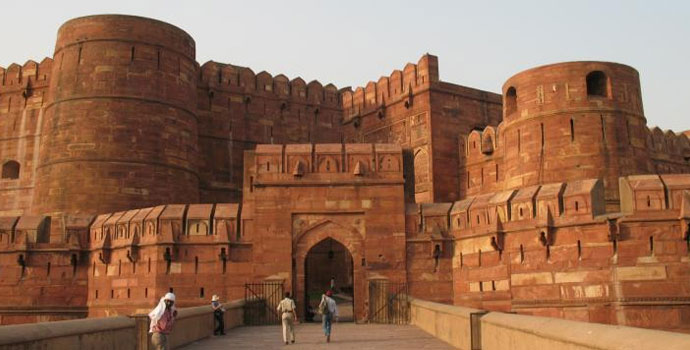
Agra fort was commissioned by the great Mughal Emperor Akbar in 1565. During Shah Jahan's era, the red sandstone fort was reformed into a palace and extensively repaired with marble and pietra dura inlay.
Timings: Open all days from 6:00 am to 5:30 pm.
Fatehpur Sikri
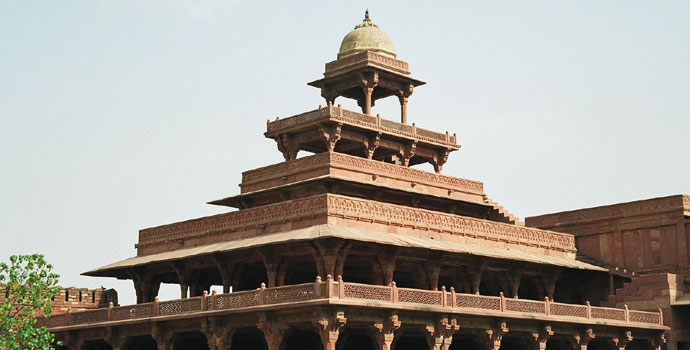
Fatehpur Sikri might have been abandoned in less than 15 years from the day it was constructed, it has left many heritages to ponder upon and appreciate. Most of these monuments are living examples of Indo-Islamic architectural blend in India. Panch Mahal is one of them. Panch Mahal is basically a five-storied structure that can easily pass as an architectural marvel. Panch Mahal also signifies the undiluted imprint that Buddhism has left on the Indian psyche. This is proved by the fact that Panch Mahal is built on the Buddhist architectural style.
Timings: Open all days from sunrise to sunset.
Delhi
Delhi, the capital city of India, is where many people start out on their trip. It's divided into two parts -- the crumbling old city of Old Delhi, and the orderly and well planned New Delhi -- which exist side by side, but feel like they're worlds apart. It's worth spending a few days exploring the city's ancient mosques, forts, and monuments left over from the Mughal rulers that once occupied the city.
Qutab Minar
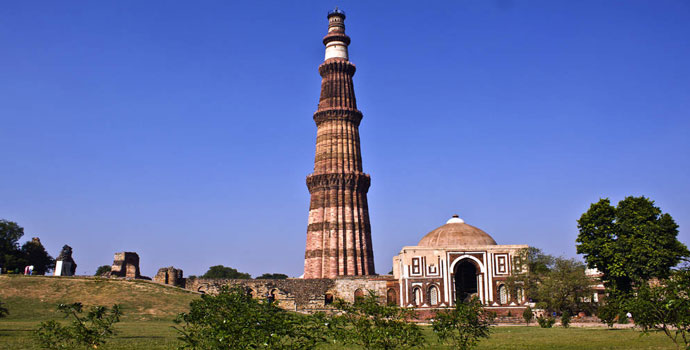
The construction of the Qutab Minar was started by Qutab-ud-din Aibak, the first Muslim ruler of Delhi in 1200 AD. He could finish only the basement and later his successor, Iltutmish, added three more storeys. The fifth and final storey was constructed by Firoz Shah Tughlak in 1368.
Red Fort
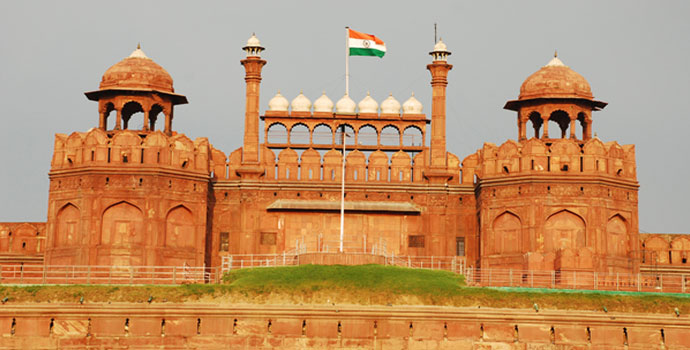
The foundation of the Red Fort, so named after its red stone, was laid in 1618 when the Mughal Emperor, Shah Jahan, shifted to Delhi after ruling from Agra for 11 years. Rich silk from China and velvet from Turkey were used to drape the main halls of the palace when it was inaugurated in 1647.
Jama Masjid
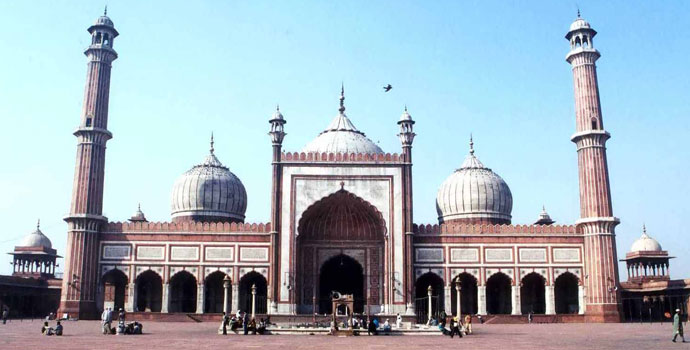
Built by the Mughal Emperor Shah Jahan in 1650, more than 5,000 men worked for six years to complete this largest mosque in India.
Jaipur
The Pink City is replete with historical landmarks that echo its past glory and living traditions. Discover palaces and forts, temples and gardens, crafts and pageantry here. There is no dearth of things that one can do in Jaipur. To begin with there is sight-seeing, and the city offers an incredible array of historical sites. Right from forts like the Amer Fort, Jaigarh Fort, and Nahargarh Fort, to the City Palace to other monuments like the Jantar Mantar and Hawa Mahal, Jaipur’s rich history offers innumerable opportunities to catch a glimpse into the past.
City Palace
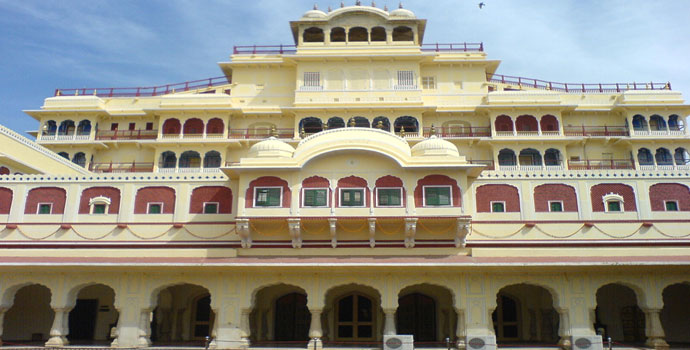
Built by Sawai Jai Singh, it became the official seat of the Jaipur royal family after 1922. A large part of the brilliant palace is now a museum, displaying an excellent collection of artifacts used by the Rajput royalty.
Jantar Mantar
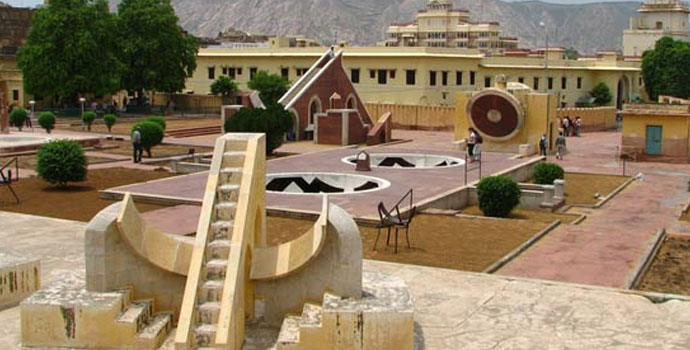
Built in 1728, it is one of Sawai Jai Singh's unique observatories. It has instruments that have been scientifically designed to predict the movement of the major stars accurately. It represents the high point of medieval Indian astronomy.
Amer Fort
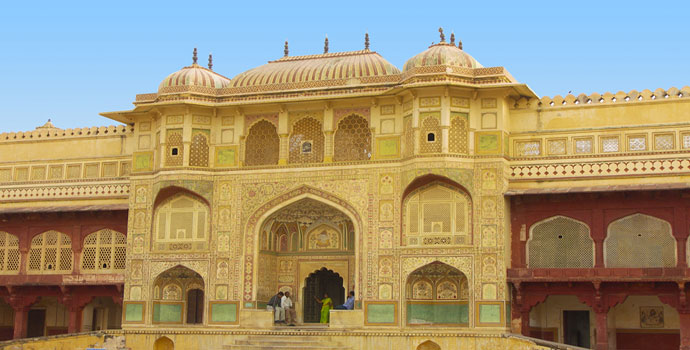
It is one of the finest and the best preserved forts, having served as the royal capital for seven long years before the city of Jaipur was built. It has a complex of several palaces, meeting halls, pavilions, gardens and temples. The Fort was built in the later half of the 10th century by Raja Man Singh.